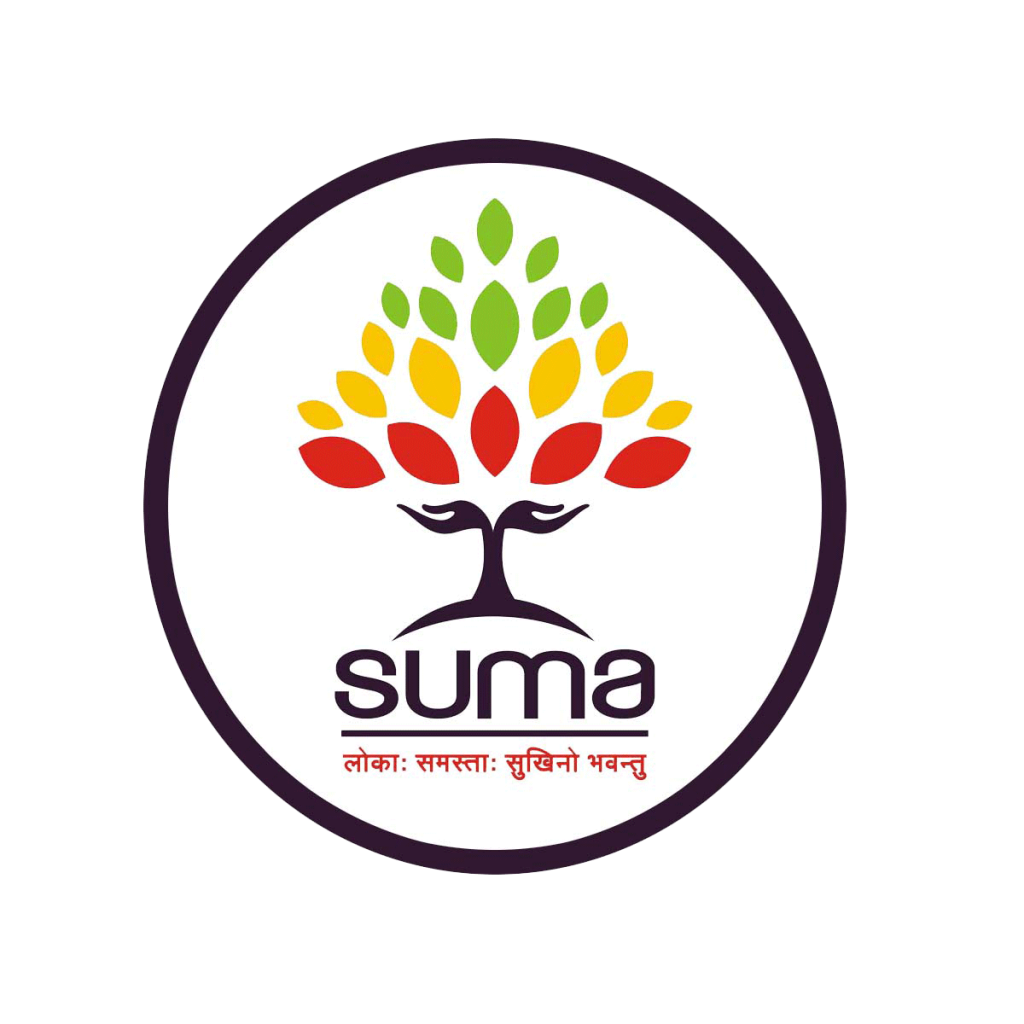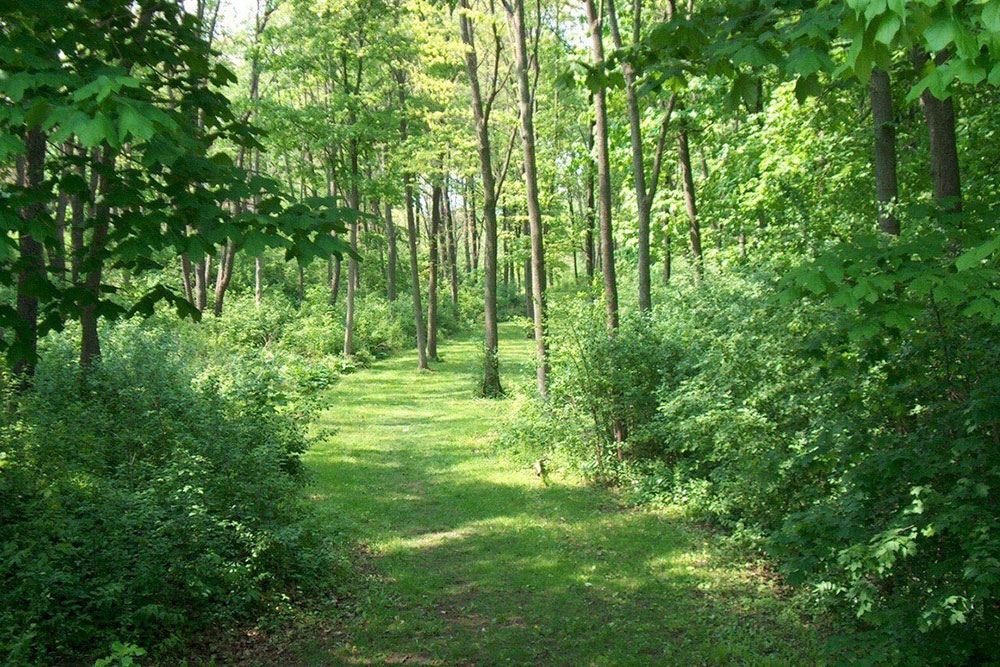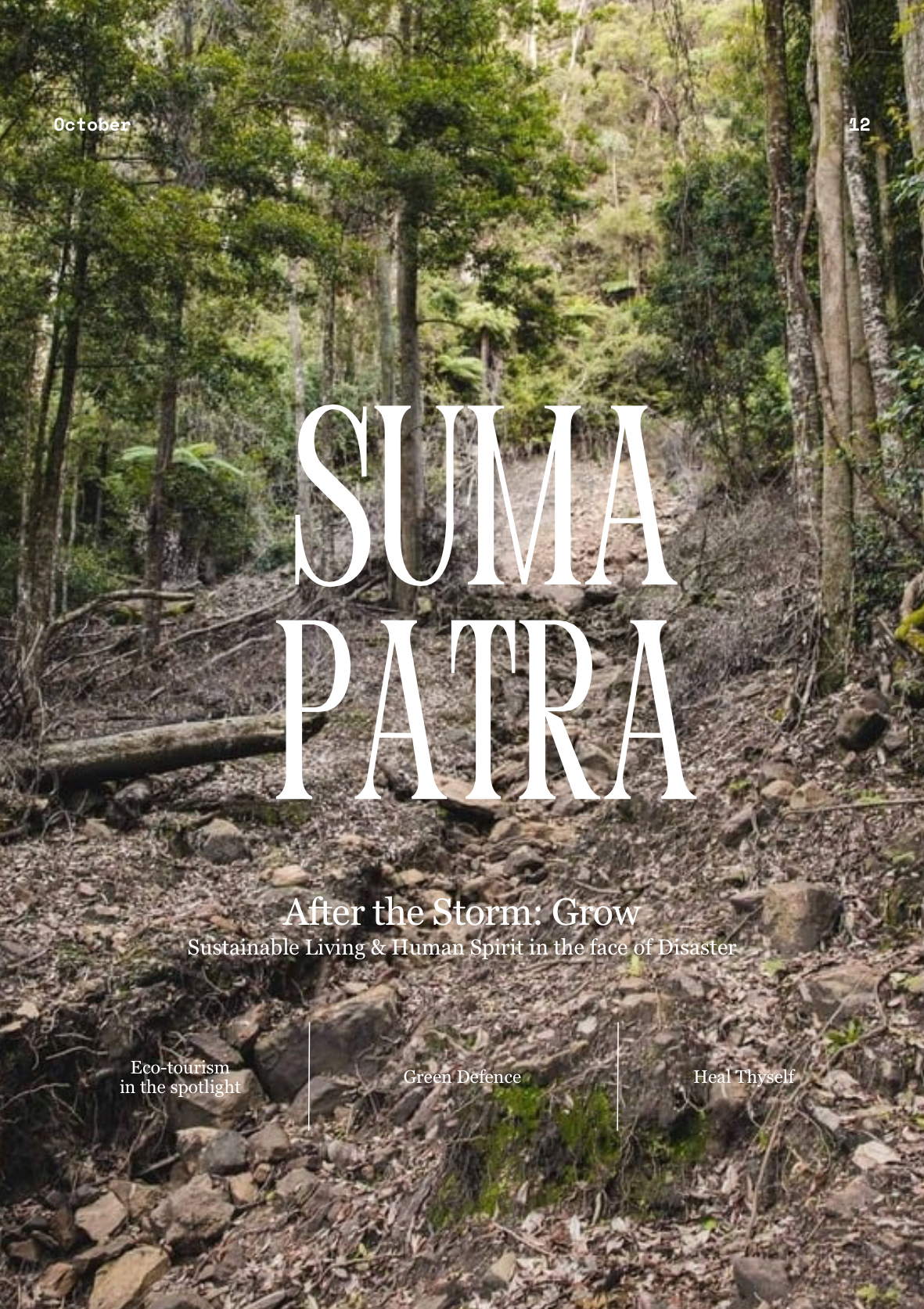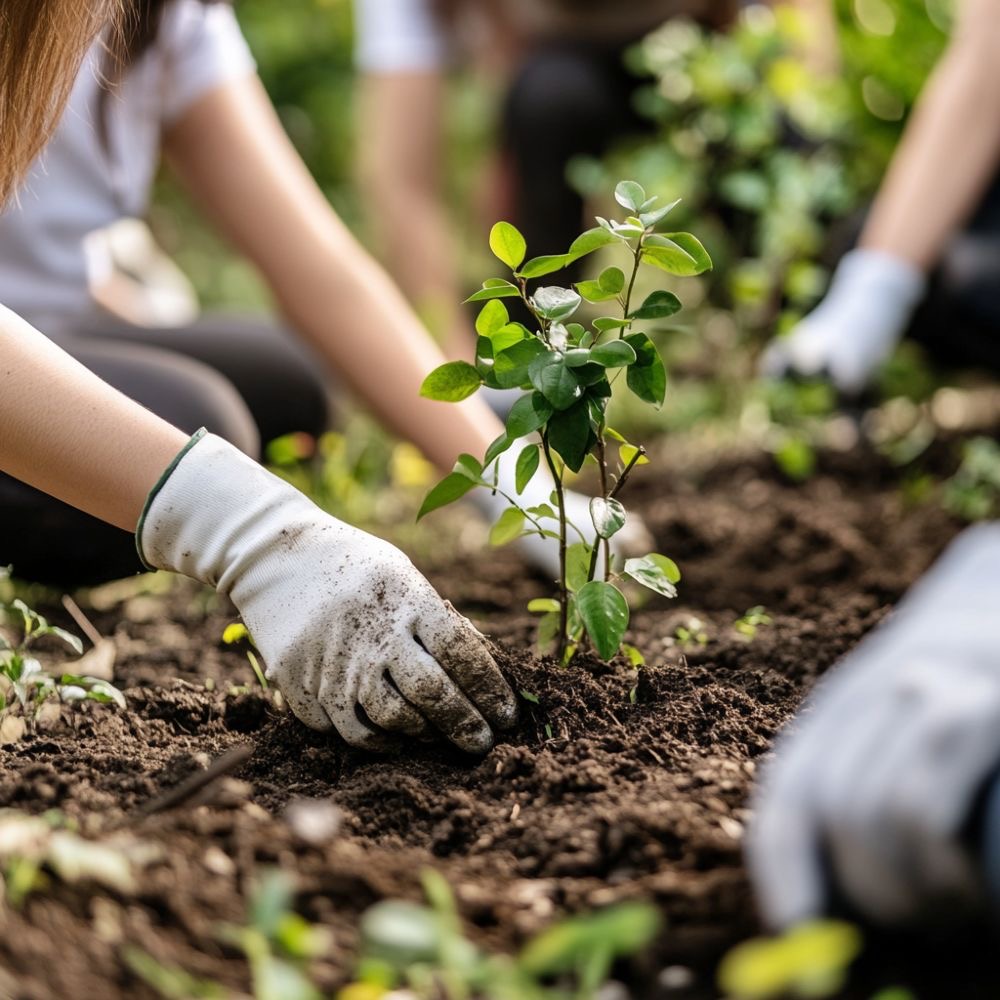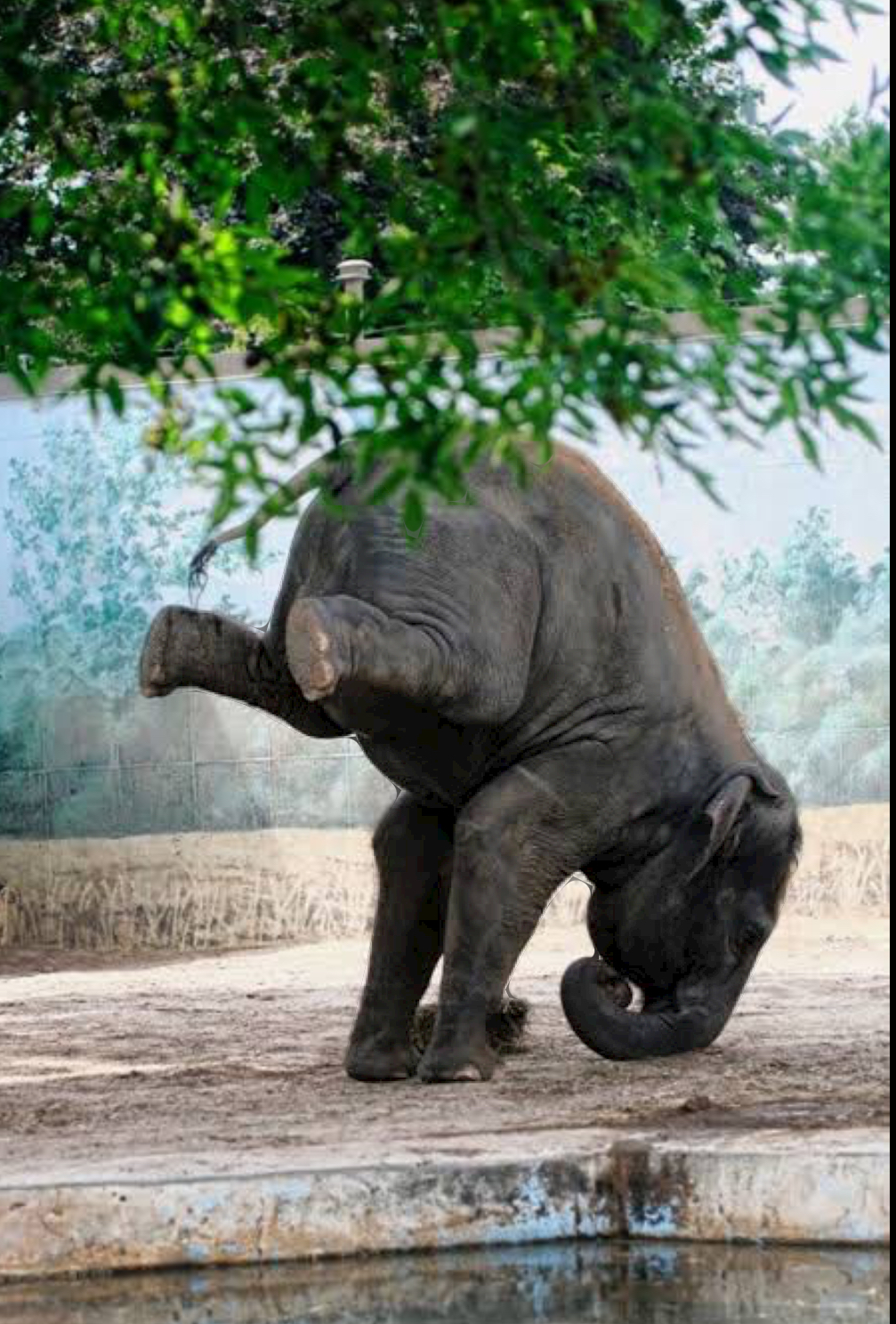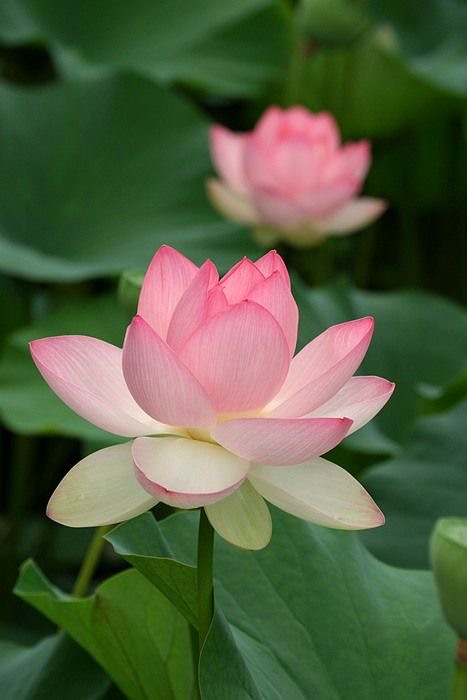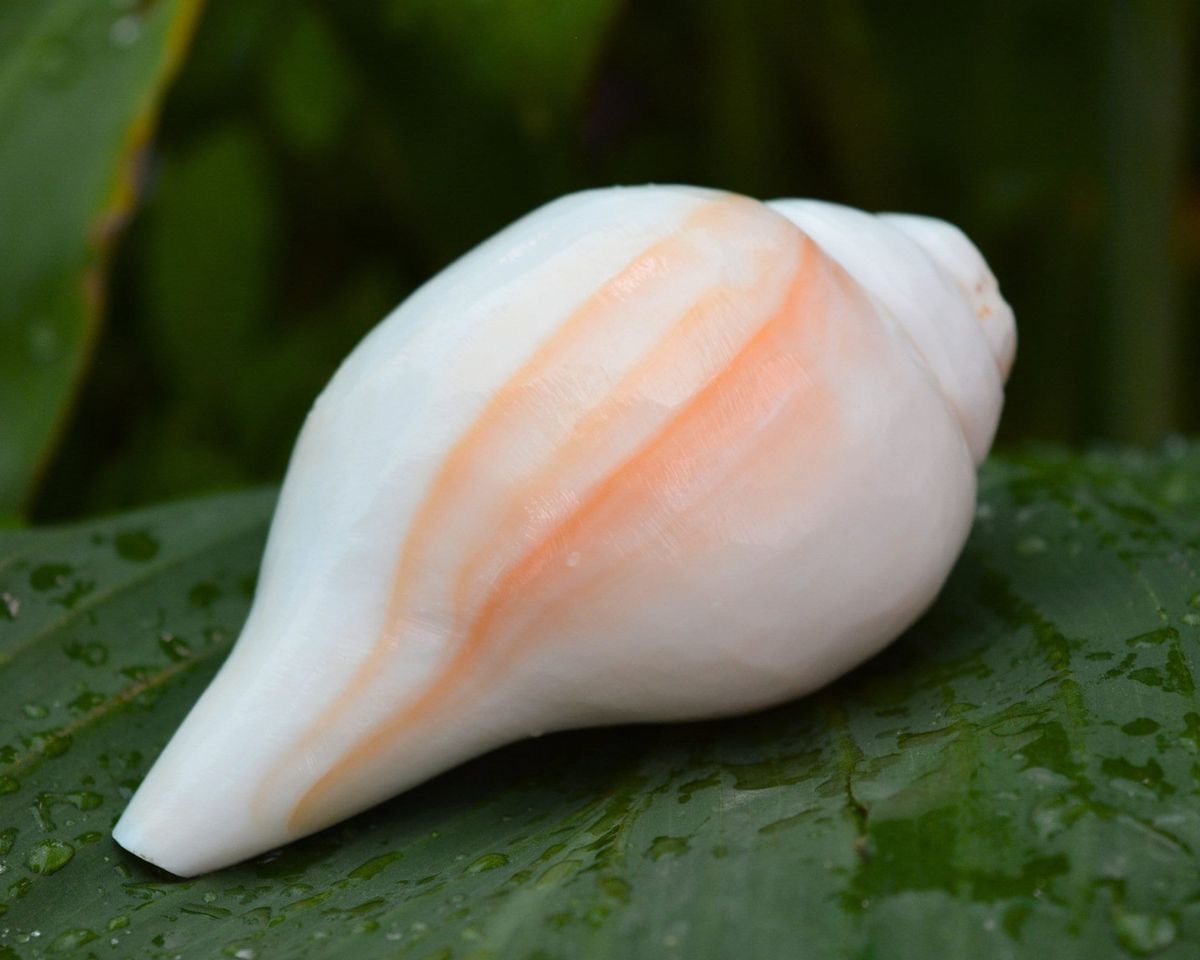The Tehri region is one of the most ecologically sensitive regions in our country. It is also immensely rich in terms of biological diversity and cultural value. Unfortunately, large scale and rapid deforestation both authorized and unauthorized is taking place in the area due to demands of economic development and urbanization.
The Miyawaki Afforestation Project in Tehri is a joint initiative of Smay Py Education Foundation and the Government of Uttarakhand aimed at the restoration and protection of the disturbed ecological balance in the Tehri region. This will be done using the Japanese afforestation technique- Miyawaki. This method of afforestation was developed by the Japanese botanist Professor Akira Miyawaki, and draws inspiration from nature’s ecosystems to create diverse, sense and organic forests using native and endemic species in as little as 20-30 years. This project will allow a wide variety of trees, plants and other botanical species to flourish, restore the lost habitat of animals in the region, curb pollution, prevent desertification and flash floods and augment social harmony.
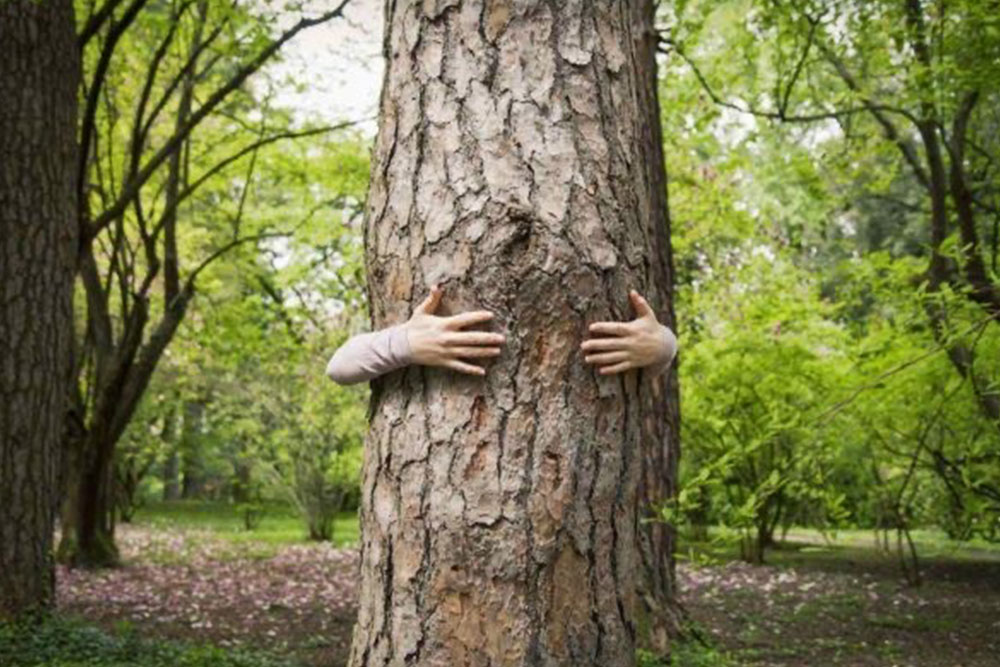
There are numerous and wide ranging benefits of Miyawaki forests. They grow rapidly, increase soil- and forest-biodiversity, increase carbon sequestration, increase forest resilience and reduce maintenance costs.
Miyawaki forests are also known to be more resilient than traditionally planted forests. Research has found that these forests have a much greater biodiversity – above and below ground. Deadwood and leaves are left alone which provide habitat for fungi and invertebrates.
The diversity of plants is attractive to various types of fauna, providing habitat and food for everything from invertebrates to birds to mammals. Miyawaki forests achieve ecological succession within 20 or 30 years, compared to 100-200 years for a traditionally planted forest.
Miyawaki forests generally require less initial cost of funds which may include installing a watering system, labor costs for planting and the first few years of maintenance, the price of saplings and the price of soil additives.
In the long run after the initial period of growth, investment requirements are little to none. Additionally, the growers can increase the economic value of their forests by incorporating high-value native timber trees and creating “Miyawaki Fruit Forests”, by providing forest tours, nature walks and educational sessions.
